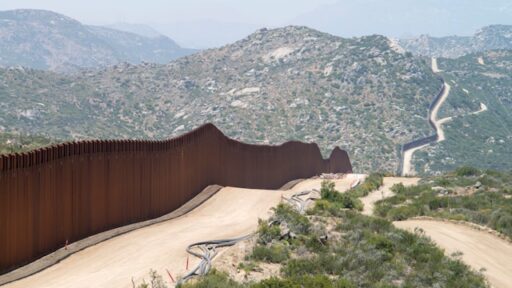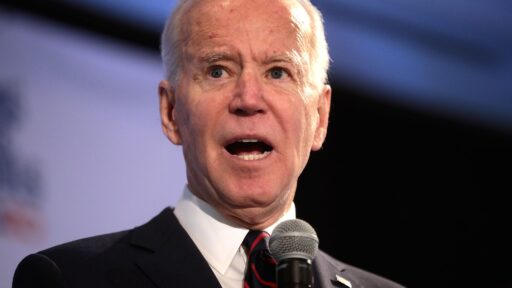The Biden administration has allocated $1 billion from taxpayer funds to enhance the environmental sustainability of numerous federal ports of entry along America’s northern and southern borders.
The decision, announced by the General Services Administration (GSA), involves directing funds from the Inflation Reduction Act towards climate initiatives at these border crossings. Despite the strain on federal resources caused by the ongoing influx of migrants, GSA Administrator Robin Carnahan and President Biden’s Federal Buy Clean Task Force co-chair Andrew Mayock emphasized the aim to reduce harmful emissions through these actions. However, the move has drawn criticism from Republicans and experts alike.
House Natural Resources Committee Chairman Bruce Westerman, R-Ark., condemned the administration’s approach, accusing them of neglecting the border crisis they’ve fostered. He pointed out the stark contrast between investing in green technology at the border and the adverse impacts of the border crisis on local communities and federal lands.
Westerman reiterated concerns regarding both the border crisis and the environmental damage resulting indirectly from migrant activity along the U.S.-Mexico border. He criticized the allocation of funds for supposedly environmentally friendly port upgrades, considering the ongoing challenges posed by open border policies.
The GSA outlined how the funding will support various initiatives, including reducing overall operational emissions, transitioning to all-electric buildings, achieving net-zero emissions at selected land ports of entry, and implementing modernization projects aimed at reducing embodied carbon. For instance, a portion of the funds will be used to revamp the Bridge of the Americas port in El Paso, Texas, by integrating solar panels, electric vehicle chargers, and other energy-efficient features. Similar upgrades are planned for the Douglas Commercial port in Cochise County, Arizona, and the San Luis land port in Arizona, with the goal of achieving net-zero emissions.
In addition to investments along the southern border, the GSA has earmarked funds for decarbonization projects along the U.S.-Canada border, spanning several states from Washington to Maine.
Critics like NumbersUSA CEO James Massa argue that while the administration focuses on implementing sustainable technologies at the border, its immigration policies contribute to a significant increase in the nation’s population and carbon footprint. Massa emphasized the strain on local resources and environmental damage caused by the migrant crisis, including impacts on wildlife habitats and agricultural lands.
Despite a slight decrease in migrant encounters compared to previous months, the numbers remain concerning, with December 2023 marking the highest single-month figure on record. The ongoing challenges at the border underscore the complexity of balancing environmental concerns with immigration management and border security.







